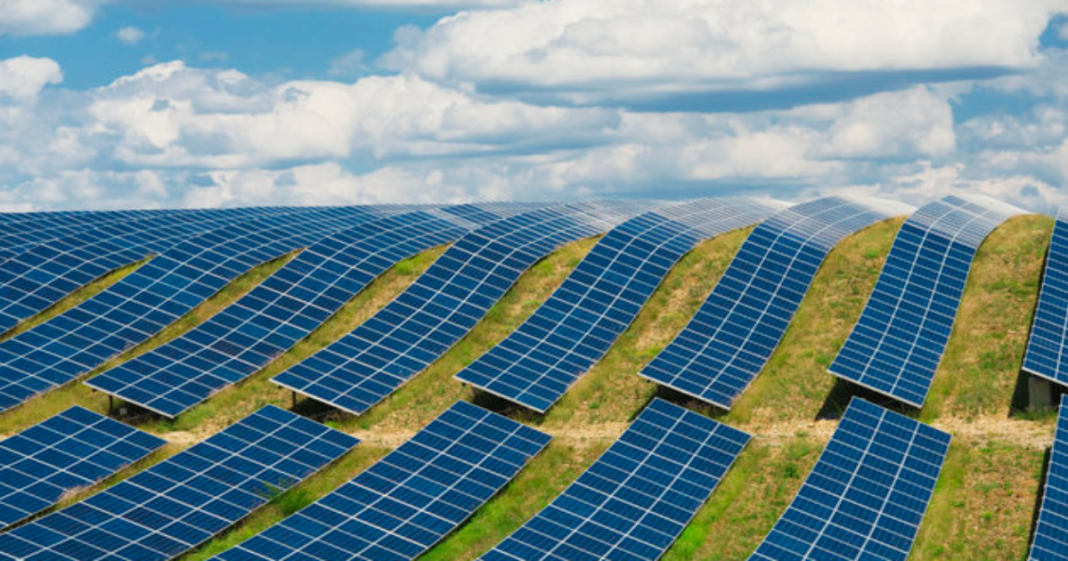In April 2014, the Jordanian government, working with the United Nations High Commissioner for Refugees (UNHCR), opened a camp for refugees fleeing the Syrian Civil War near the city of Azraq. For two and a half years, those refugees lived in the kind of primitive conditions one would expect in a refugee camp.
Today, the camp’s 54,000 residents have access to electricity, enabling them to run lights, televisions, fans and refrigerators – undreamed-of luxuries only a few months ago. Thanks to the IKEA Foundation, the Azraq Refugee Camp is now 100% solar powered.
The initial cost of the project was €8.75 million (approximately $9.6 million USD). However, now that it is in place, it will save $1.5 million a year – enabling the UNHCR to spend that money on other necessities that will help the refugees to rebuild their lives and live in some semblance of dignity. Kelly T. Clemens, deputy high commissioner of the UNHCR, notes that,
“Lighting up the camp is not only a symbolic achievement; it provides a safer environment for all camp residents, opens up livelihoods opportunities, and gives children the chance to study after dark.”
Indeed it has. The solar energy facility has created fifty paying construction jobs, but more than that, it will reduce carbon emissions to the tune of almost 2,400 tons every year. Furthermore, plans are in the works to expand the plant’s capacity.
If the refugees are ever able to return to their homes, the Azraq Refugee Camp’s solar farm will be integrated into Jordan’s existing power infrastructure, providing 100% renewable electricity to all Jordanians. The country’s ministry of energy is planning an additional 300 megawatts of renewable energy projects by the end of 2017, with the ultimate goal of producing 1,600 megawatts of renewable energy within the next three years.
Now, keep in mind that the entire country of Jordan is smaller in terms of land area than the entire state of Arizona – part of the vast Southwestern region that Senator Bernie Sanders of Vermont has described as the “Saudi Arabia of solar.”
Why is the U.S. not following Jordan’s example? For that matter, why are we not doing what Germany has done – a country that, as of last year, managed to meet nearly all of its energy needs by using a combination of solar, wind and hydro sources? Why is the richest nation on earth, one that put a man on the moon inside of a decade fifty years ago completely incapable of converting its outdated, largely fossil-fueled energy infrastructure into something greener?
Before the election of Donald Trump, every U.S. Administration since Nixon has declared that ending U.S. dependence on imported fossil fuels to be a primary goal. In him 2011 State of the Union address, President Obama himself said that moving the U.S. to a “clean energy” economy would be one of his Administration’s signature achievements. Yet today, the country is under the thumb of a corrupt Administration and GOP-controlled Congress completely beholden to fossil-fuel interests.
Beyond this, there are all kinds of excuses: not enough sun – tell that to Arizonans; not enough wind – have you been to Eastern Washington State recently?; too expensive, even though renewable energy has been demonstrated to be the most economically viable solution for meeting energy needs in many regions; the list goes on and on.
True, some Big Oil companies such as BP and Exxon-Mobil are reportedly attempting to get on the renewable energy bandwagon, but will only commit to it once they’ve figured out how to squeeze people out of every dime they can for the privilege of accessing it. In fact, these fossil fuel companies have faced accusations of “greenwashing” and being opportunists in order to infiltrate renewable energy lobbying groups so as to advance its agenda of keeping the country tied to natural gas (less harmful than petroleum and coal, but far from an ideal solution).
The fact is that the U.S. has no excuse – other than being governed by fossil-fuel bootlickers and sycophants beholden to the industry. Until this corrupt bunch of parasites can be dislodged from their positions of power and sent packing, our best hope lies in entrepreneurs who have been seeing the light – specifically, that green energy can be profitable as well as good for the planet (and even creates jobs – are you listening, Donald?)



![Senator Schumer: “Single Payer [Health Care] is On The Table”](https://sandbox.trofire.com/wp-content/uploads/2017/07/Universal-Healthcare-218x150.jpg)
